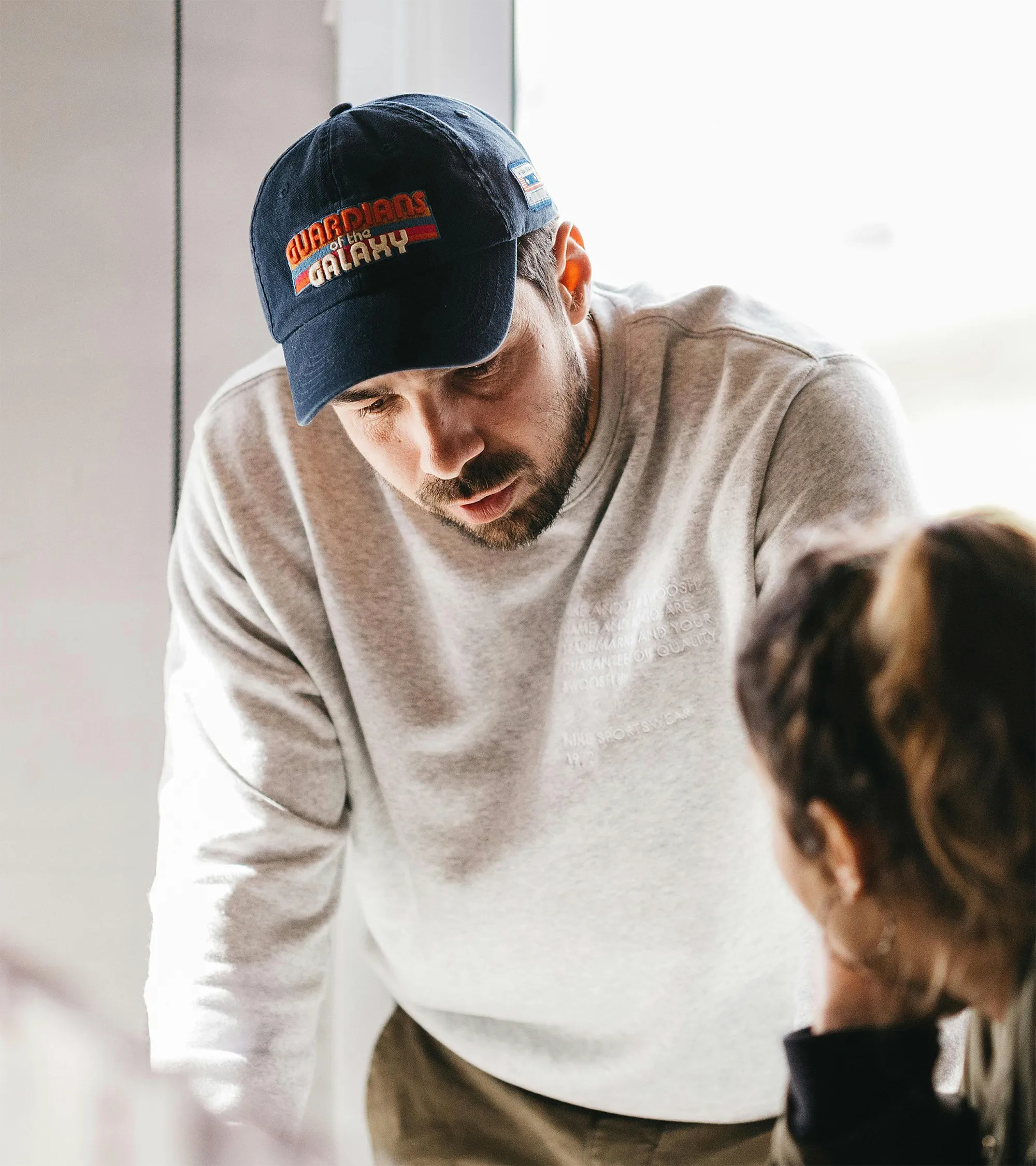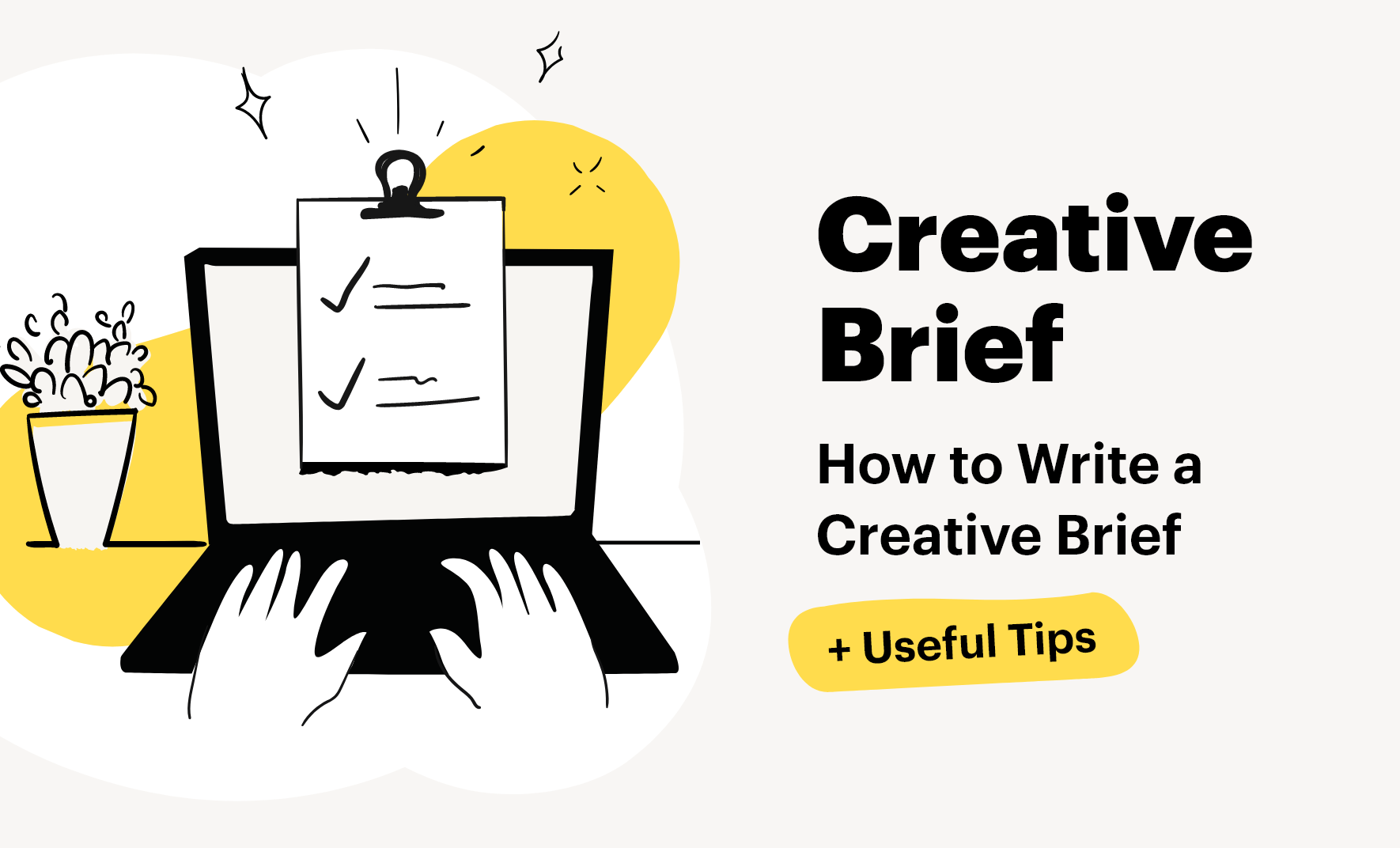


Let's be honest: no one likes writing creative briefs.
For stakeholders, they feel like bureaucratic homework. For creatives, they are often a source of immense frustration—a document that is somehow both too long and not nearly specific enough, filled with corporate jargon and vague requests like "make it pop."
And yet, I am here to tell you something you might not believe: The creative brief is the single most important document in the entire creative process. A great brief is a masterpiece of strategic clarity. It is the blueprint for success, the North Star for the entire team, and the single best predictor of a successful outcome. A bad brief is the opposite: a one-way ticket to endless rework, missed deadlines, and soul-crushing creative friction.
After leading over 100 campaigns and building creative systems at companies like Yelp and IAC, I’ve seen it all. I've seen the one-sentence Slack DMs masquerading as briefs, and I've seen the 20-page slide decks that say absolutely nothing.
Through it all, I've developed, tested, and refined a single creative brief template that has become my non-negotiable starting point for every single project, from a national brand campaign to a single blog post. It's designed to be simple enough to complete quickly, but rigorous enough to force strategic thinking. It is the tool that I use to align teams, clarify goals, and set a project up for success before a single creative idea has been conceived. And today, I'm giving it to you.
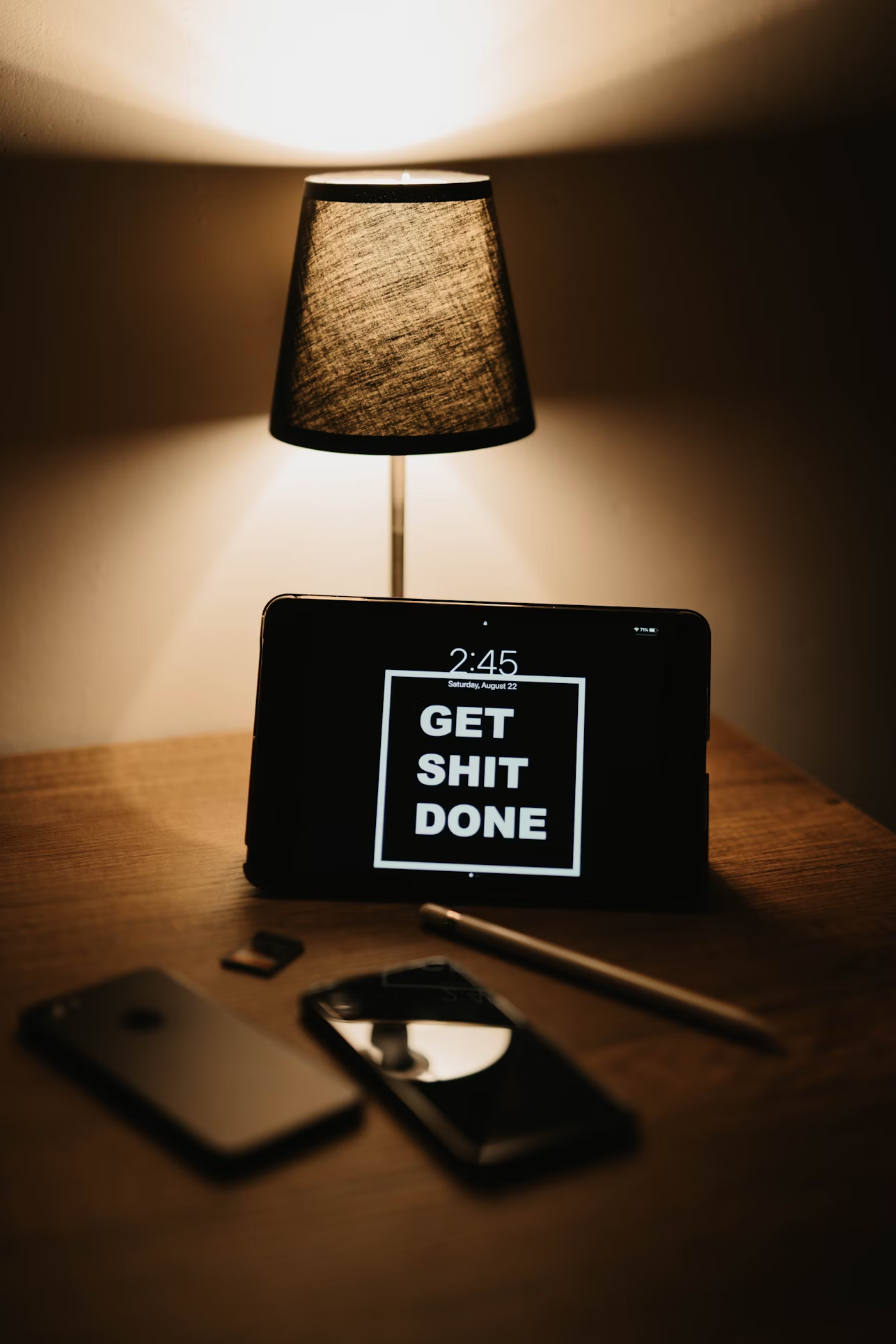
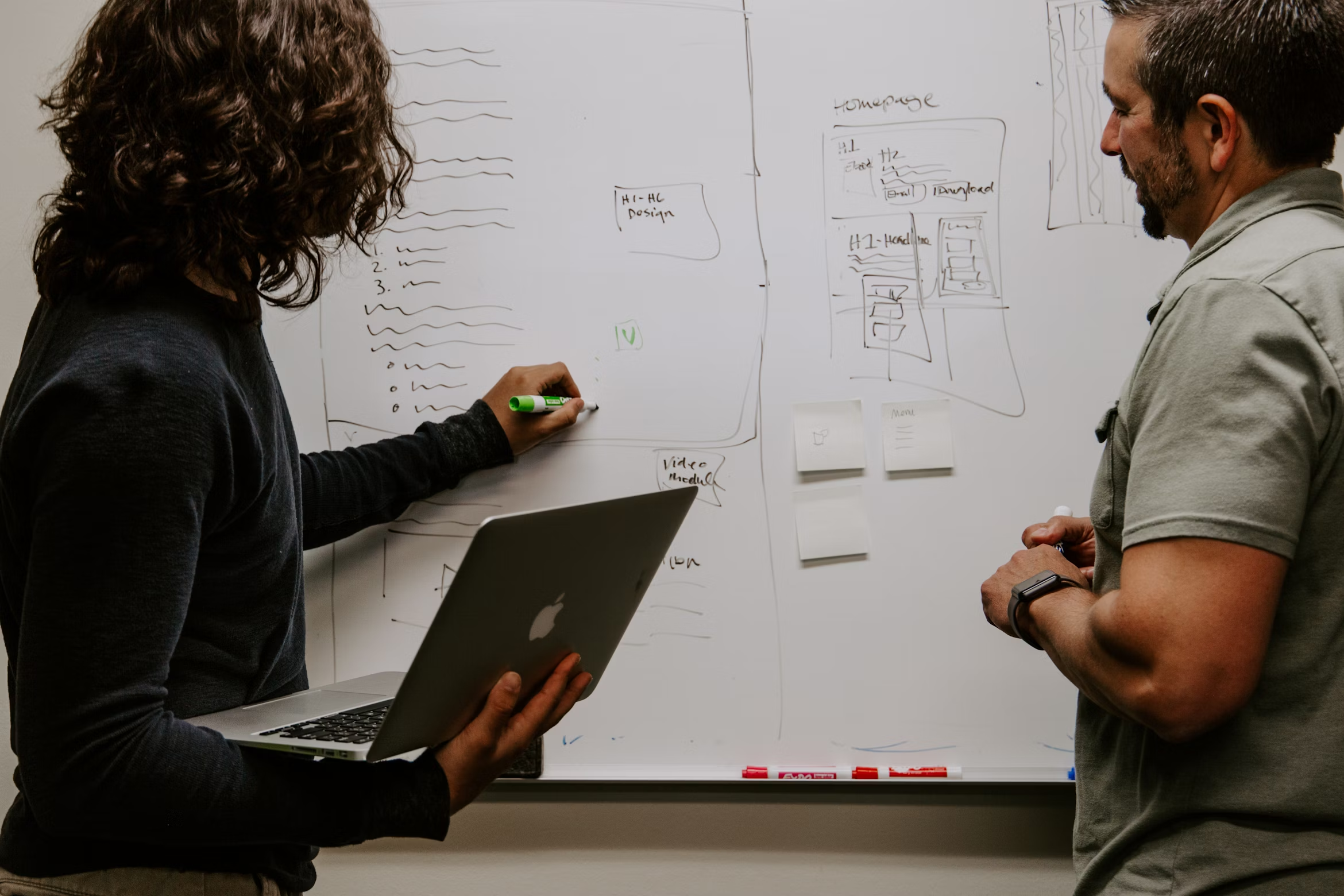
This template is built on a simple philosophy: A creative brief is a problem statement, not a solution. Its job is to define the what and the why, so that the creative team can focus all of their energy on figuring out the how.
It forces you to answer the hardest questions upfront, turning a vague desire ("We need a video") into a sharp, strategic objective ("We need a video that explains our new feature to our 'Second-Career Storyteller' persona in a way that makes them feel empowered, not overwhelmed").
This template is divided into two sections: The Strategic Foundation (The "Why") and The Creative Guardrails (The "What"). Let's break it down.
Section 1: The Strategic Foundation (The "Why")
(This section must be completed before the brief is even assigned to a creative. This is the work of the project stakeholder.)
What is the one thing this project needs to achieve?
The Target Audience: Who are we talking to?
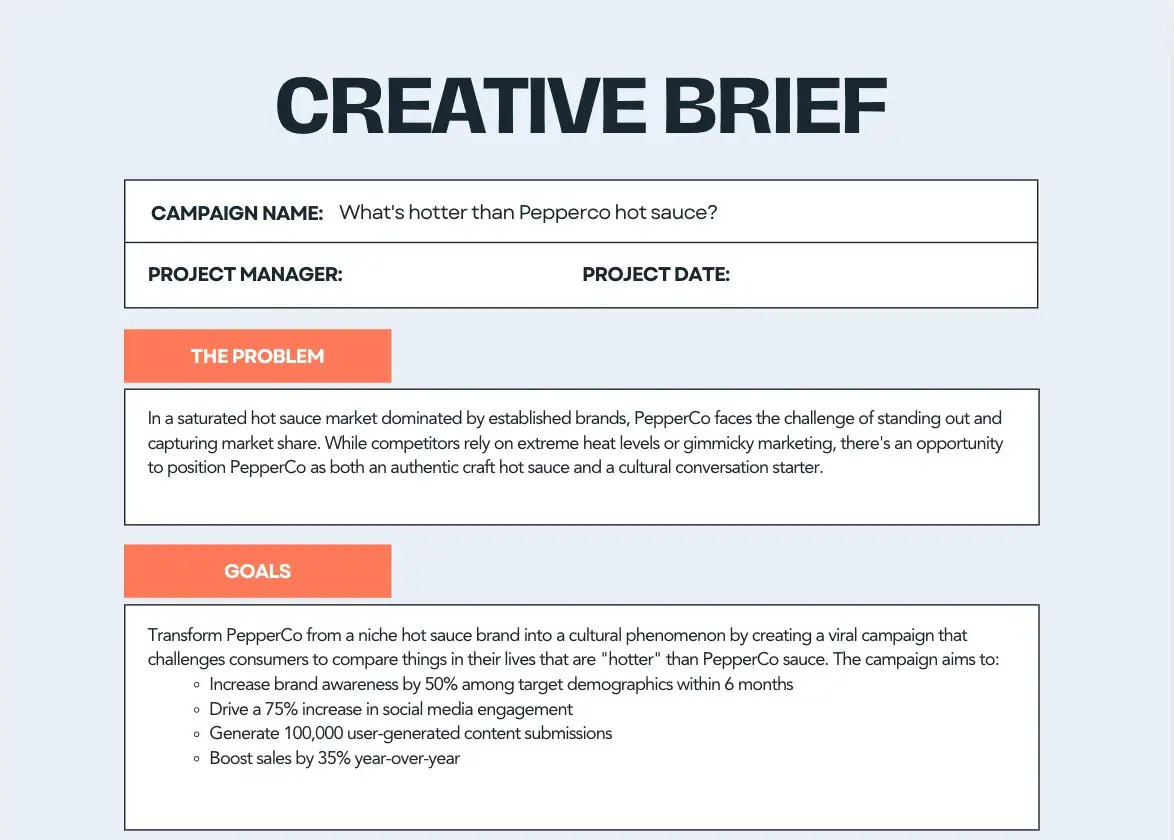

The Creative Guardrails (The "What")
(This section defines the sandbox for the creative team. It provides the necessary constraints to guide their thinking without dictating the solution.)
The Tone of Voice: How should this feel?
The Mandatories & The Taboos: What must be included, and what must be avoided?
This document is more than just a form to be filled out; it's a tool for cultural change.
Make it Non-Negotiable: This is the most important step. As a leader, you must create a hard and fast rule: "If it's not in a brief, the work doesn't begin." Hold the line. If a request comes in via Slack, your only response should be a friendly, "This sounds exciting! Please fill out the brief template so we can get started." You are not being difficult; you are being professional.
The brief should not be a document that one team throws at another. The best way to use it is collaboratively. The stakeholder (e.g., a Product Manager) should fill out Section 1. Then, in the project kickoff meeting, the Creative Lead should review it and fill out Section 2 with the stakeholder. This ensures everyone is aligned and has a shared understanding of the project's goals and constraints from the very beginning.
A brief is not set in stone. If new information arises or the project's scope changes, the brief should be the first thing that gets updated. It is the single source of truth that keeps the project on the rails.
By implementing this single document, you will eliminate countless hours of rework, reduce creative friction, and empower your team to focus their brilliant energy on solving the right problem. It is the single most effective tool I have found for aligning strategy and creativity, and for shipping great work, consistently.
'Driving 30M+ Impressions for a Yelp National Campaign.'
See what our satisfied clients say about working with us.
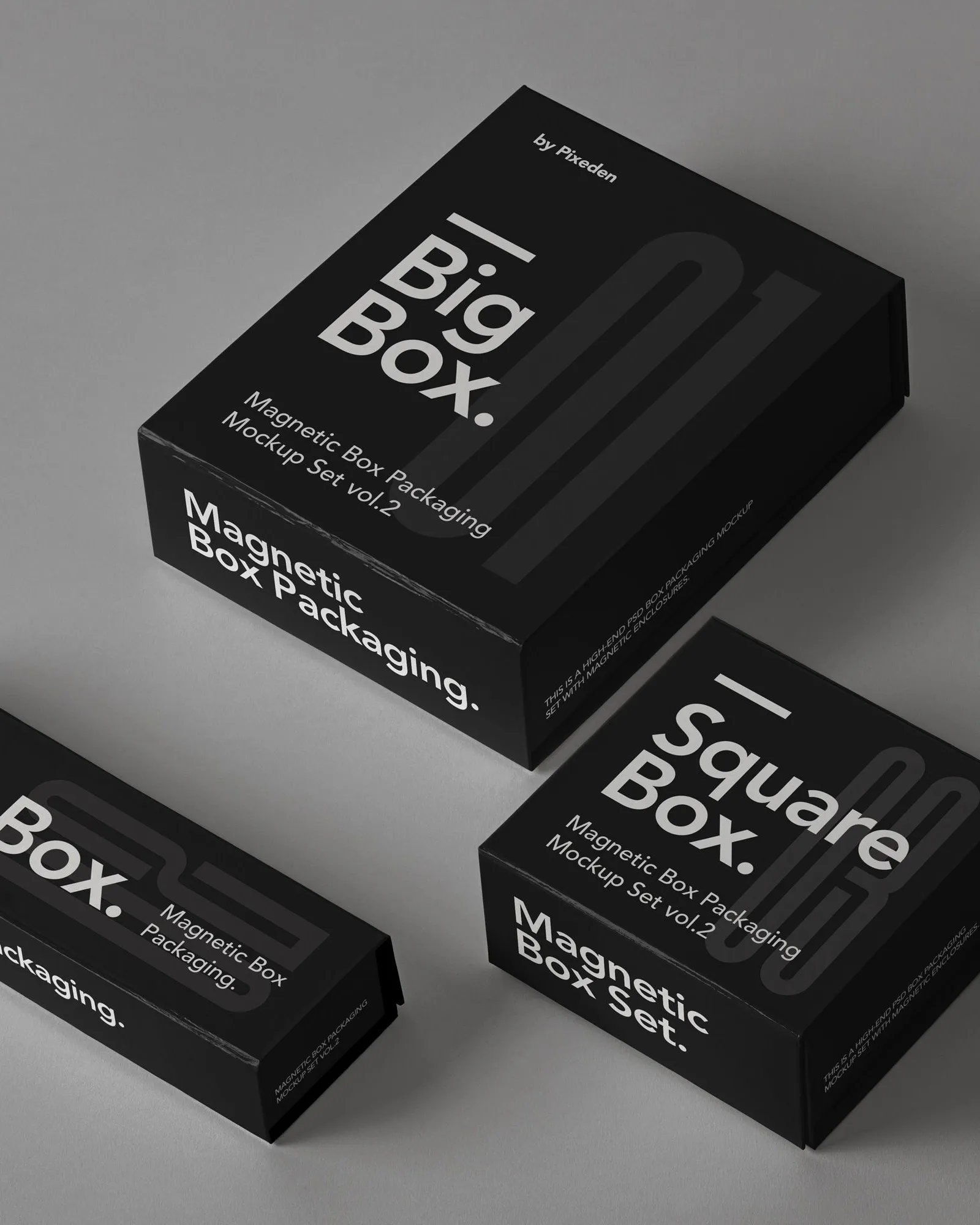
Our proven process ensures successful outcomes and client satisfaction every time.
